How the Trump fake electors scheme became a 'corrupt plan,' according to the indictment
The indictment of Donald Trump detailed how the then-president and Republican allies recruited fake electors in Arizona, Georgia, Michigan, New Mexico, Nevada, Pennsylvania and Wisconsin to sign certificates falsely stating he had won their states.
Associated Press
August 2, 2023
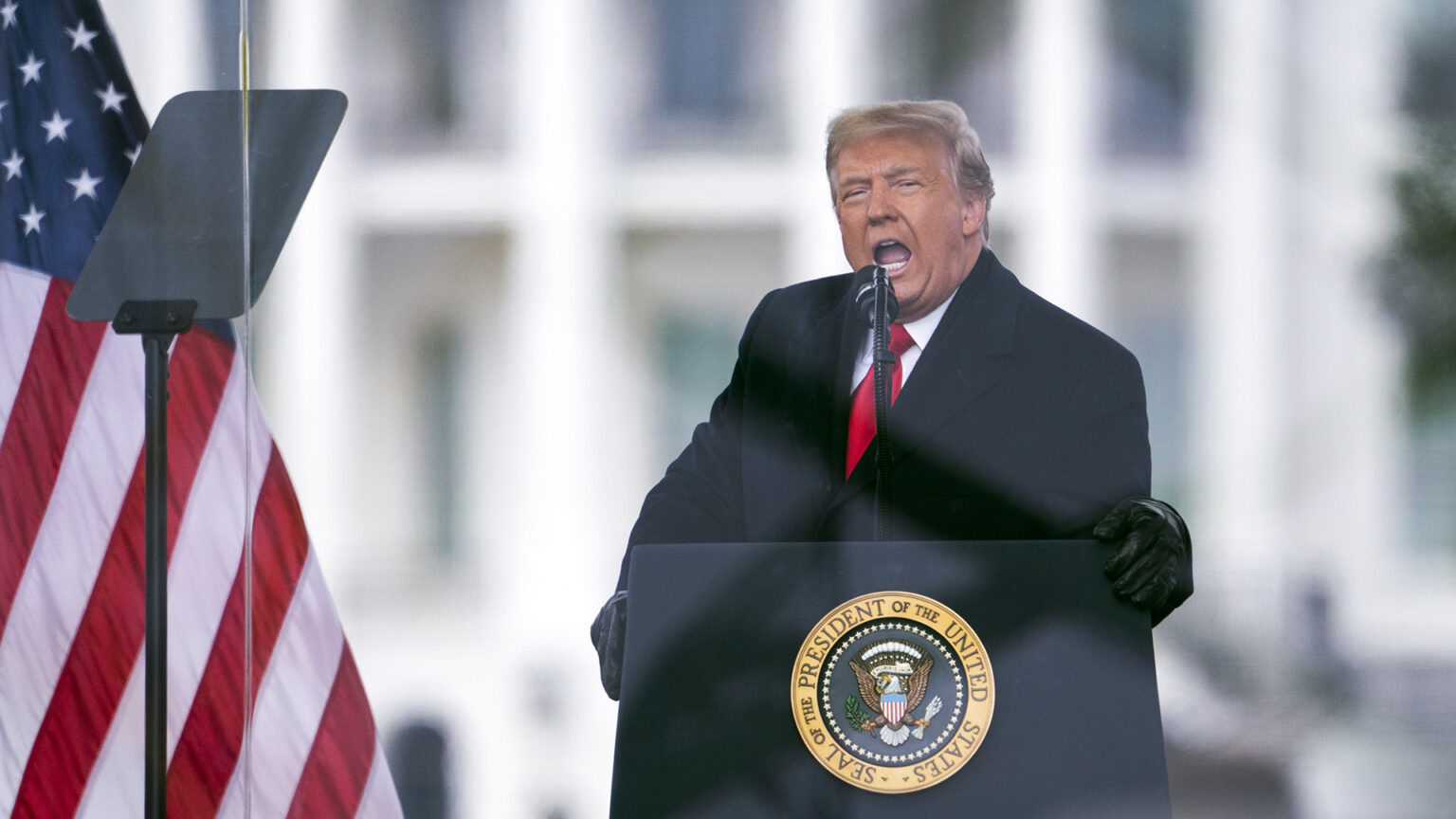
President Donald Trump speaks during a rally protesting the electoral college certification of Joe Biden as President in Washington, D.C. on Jan. 6, 2021. (Credit: AP Photo / Evan Vucci, File)

WASHINGTON (AP) — The role that fake slates of electors played in Donald Trump’s desperate effort to cling to power after his defeat in the 2020 election is at the center of a four-count indictment released against the former president on Aug. 1.
The third criminal case into Trump details, among other charges, what prosecutors say was a massive and monthslong effort to “impair, obstruct, and defeat” the federal process for certifying the results of a presidential election, culminating in the attack on the Capitol on Jan. 6, 2021.
The 45-page indictment states that when Trump could not persuade state officials to illegally swing the election in his favor, he and his Republican allies began recruiting a slate of fake electors in seven battleground states — Arizona, Georgia, Michigan, New Mexico, Nevada, Pennsylvania and Wisconsin — to sign certificates falsely stating that he, not Democrat Joe Biden, had won their states.
While those certificates were ultimately ignored by lawmakers, federal prosecutors say it was all part of “a corrupt plan to subvert the federal government function by stopping Biden electors’ votes from being counted and certified.”
Here’s a deeper look at how the scheme unfolded, according to the indictment:
From ‘legal strategy’ to ‘corrupt plan’
The fake electors plan began in Wisconsin, prosecutors allege, with a memorandum from Kenneth Chesebro, an attorney who was assisting the Trump campaign at the time with legal challenges.
Cheseboro wrote the memo in mid-November 2020 that advocated for Trump supporters in Wisconsin to meet and cast their votes for him, in case the campaign’s litigation in the state succeeded.
But less than a month later, “in a sharp departure,” a new memo was issued that called for expanding the strategy to other key states, creating slates of “fraudulent electors” for Trump.
The end goal, according to prosecutors, was “to prevent Biden from receiving the 270 electoral votes necessary to secure the presidency on January 6.”
Recruiting and retaining fake electors
After the plan was expanded to include six states, Trump and attorney John Eastman asked Ronna McDaniel, the chair of the Republican National Committee, to help the Trump campaign recruit the electors in the targeted states.
The two men, according to prosecutors, “falsely represented” to McDaniel that the electors would only be used if Trump’s lawsuits against the election succeeded. McDaniel agreed to help.
As the Trump electors prepared for a Dec. 14 gathering, when state electors met at respective capitols to certify the electoral results, some had concerns. The fake electors in Pennsylvania told Giuliani and other Trump advisers on a conference call that they had reservations about signing a certificate that would present them as legitimate electors for the state.
Giuliani, according to the indictment, “falsely assured” them that their certificate would only be used if Trump’s litigation succeeded.
But winning in court was never the plan, according to prosecutors.
Chesebro wrote in a Dec. 13 email that the strategy “was not to use the fraudulent electors only in the circumstance that the Defendant’s litigation was successful in one of the targeted states.” Instead, he wrote, “the plan was to falsely present the fraudulent slates as an alternative to the legitimate slates at Congress’s certification proceeding.”
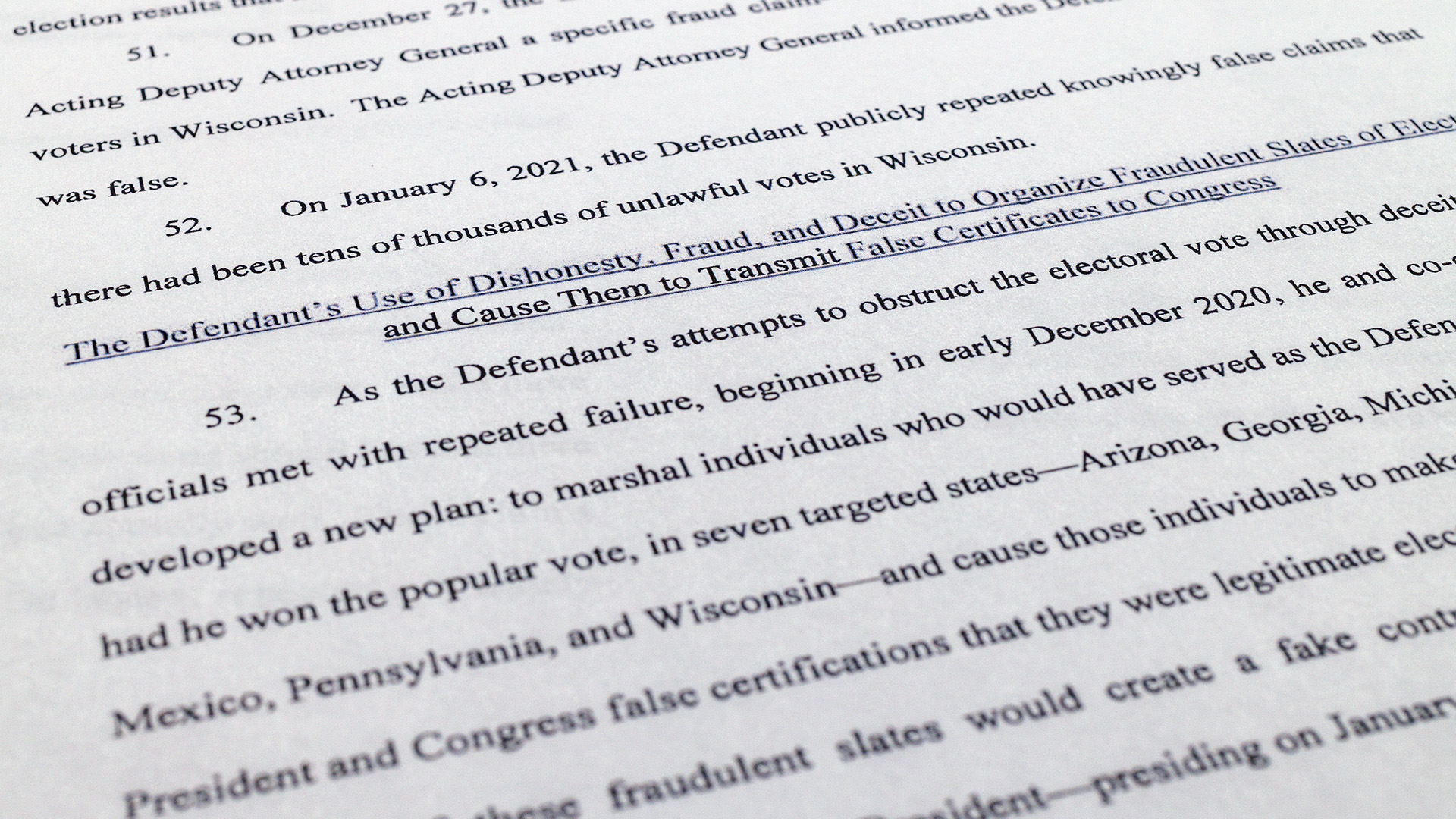
The indictment against former President Donald Trump charging him by the Justice Department for his efforts to overturn the results of the 2020 presidential election is photographed on Aug. 1, 2023, in Washington. (Credit: AP Photo / Jon Elswick)
‘Crazy play’
On the eve of the state certifications, those close to the Trump campaign, including a senior adviser, raised concerns in a group chat about the fake electors plan, prosecutors say. Informed of what was going on, Trump’s deputy campaign manager said the scheme had “morphed into a crazy play.”
A senior adviser to the president, who is not identified, texted, “Certifying illegal votes.” The campaign officials in the chat refused to sign a statement about the plan, because none of them could “stand by it,” the prosecutors allege.
Last-minute addition
New Mexico, which was not among the key states in the election, was nonetheless tossed into the mix the night before the Dec. 14 gather of electors. Cheseboro, at the request of a Trump campaign staffer, drafted and sent fake certificates to the state for Trump.
The decision came despite there being no pending litigation on Trump’s behalf in New Mexico and the fact that he lost the state by nearly 100,000 votes.
The next day, the Trump campaign filed an election challenge suit in New Mexico, six minutes before the deadline for the electors’ votes, “as a pretext so that there was pending litigation there at the time the fraudulent electors voted,” prosecutors allege.
‘Sham proceedings’
On Dec. 14, 2020, as Democratic electors for Biden in key swing states met at their seat of state government to cast their votes, Republican electors for Trump gathered as well. They signed and submitted false Electoral College certificates declaring Trump the winner of the presidential election in Arizona, Georgia, Michigan, New Mexico, Nevada, Pennsylvania and Wisconsin.
Those fraudulent certificates were mailed to Congress and the National Archives. Ultimately, only the legitimate election certificates were counted, despite Trump’s effort to create what prosecutors called a “fake controversy.”
January 6
Trump’s allies in the days before Jan. 6 exerted intense pressure on Vice President Mike Pence, urging to use the fake certificates to justify delaying the certification of the election during the joint session of Congress. One of Trump’s lawyers even suggested that Pence could simply toss out electors and declare Trump the winner.
Time and again, Pence refused, prompting Trump to complain that he was “too honest,” according to the indictment.
Associated Press reporter Lisa Mascaro contributed to this report.
 Passport
Passport




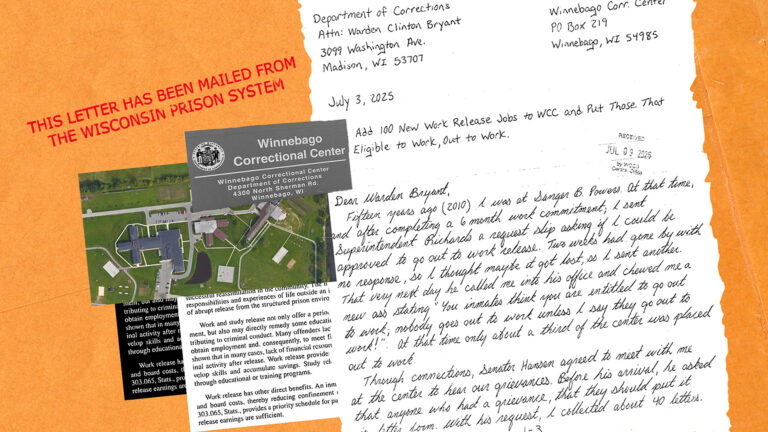

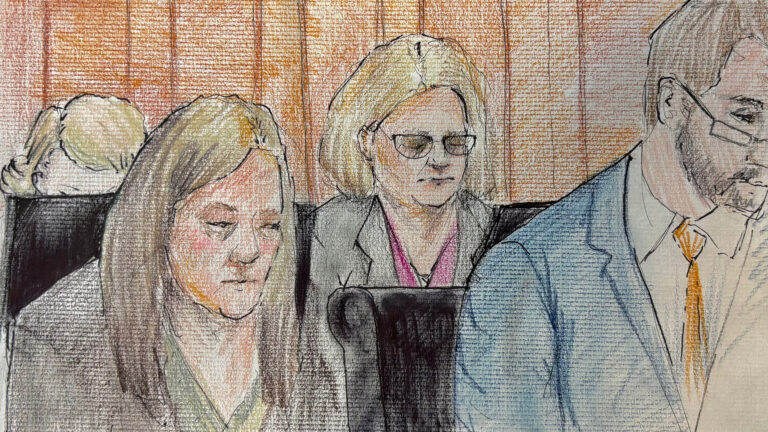
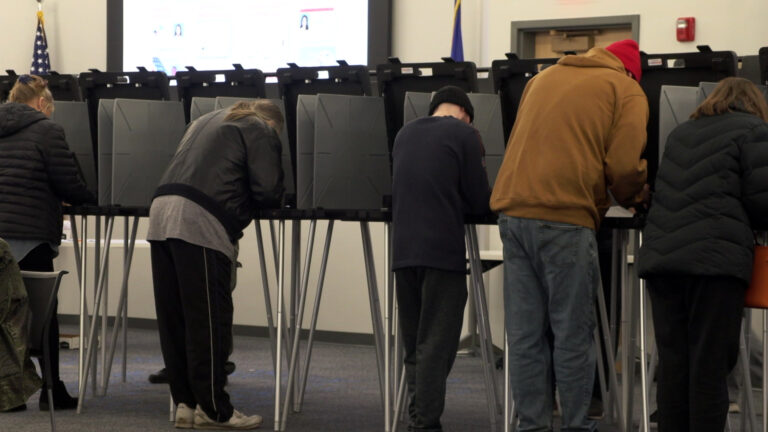
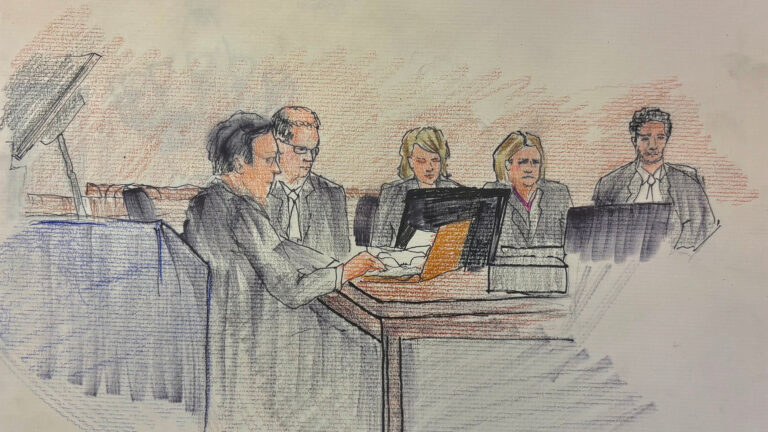


Follow Us